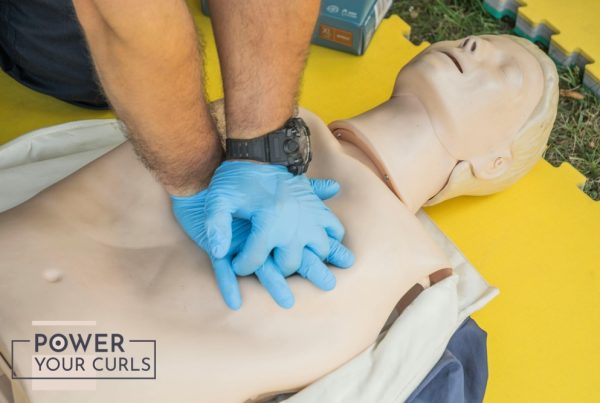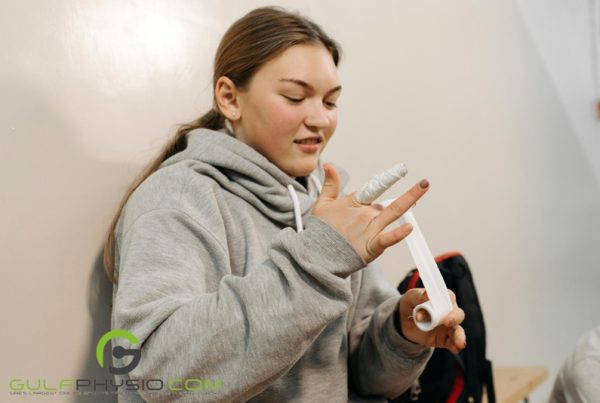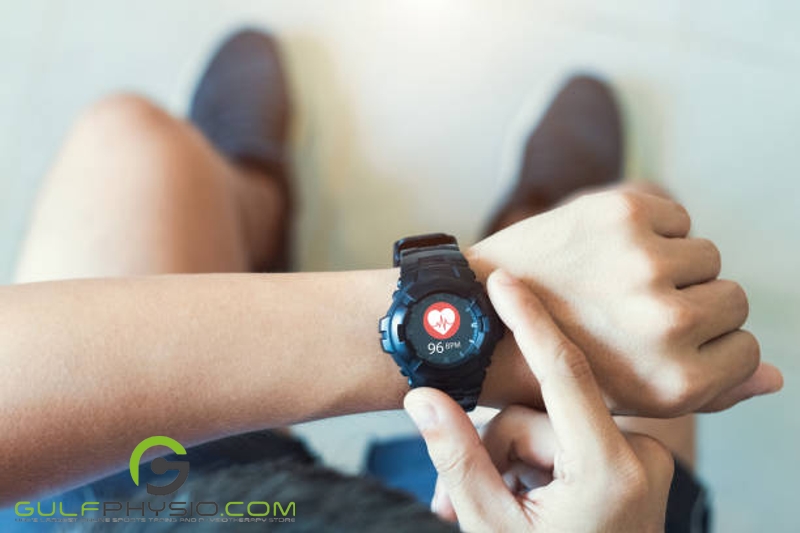
You’ve probably heard of the saying “My heart skipped a beat”, and while it is just a figure of speech, your heart skipping a beat could be a sign of something more serious. So keeping track of your heart rate is important to ensuring your overall health.
Your Heart Rate: What is it?
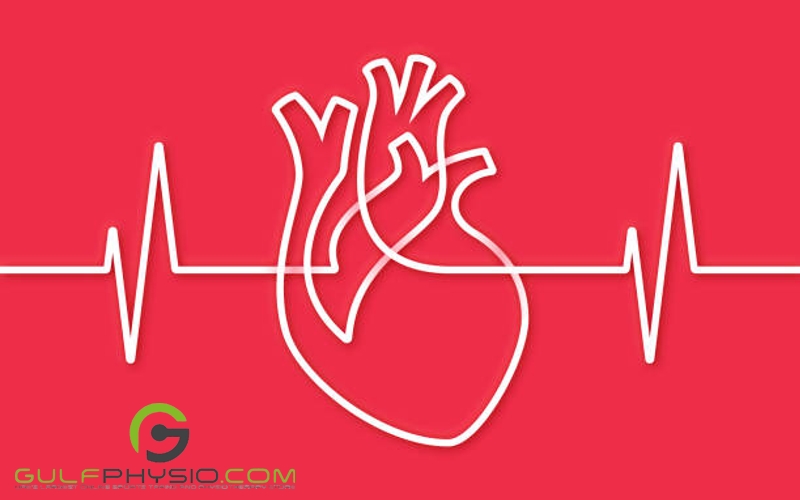
Simply put, your heart rate (pulse rate) is the number of times your heart beats per minute. The heart is located in the center of your chest, slightly to the left, protected by the rib cage. It functions as the body’s engine, pumping oxygen-rich blood through arteries and veins to sustain life. According to the British Heart Foundation, a normal resting pulse rate ranges from 60 to 100 beats per minute. However, this could be affected by various factors.
Factors that Affect Your Heart Rate
Multiple factors can affect your pulse rate; either raising or lowering it depending on the situation.
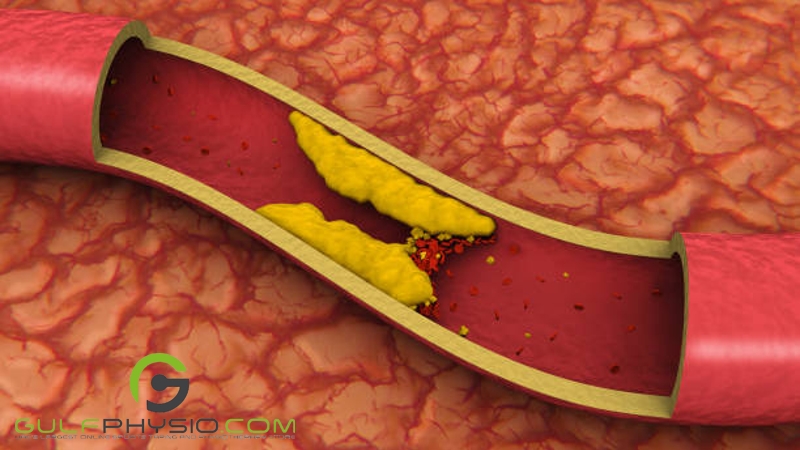
- Cholesterol – Contrary to popular belief, cholesterol is not entirely a bad thing. In fact, it is important to the body. Cholesterol is a waxy fat-like substance responsible for making cell membranes, hormones, and vitamin D.
Cholesterol becomes a problem when an excess amount of it makes its way to the bloodstream. This excess amount of cholesterol may create a myriad of health issues such as increased blood pressure, increased pulse rate, blood clots, angina, and even an increased risk of a heart attack.

- Exercise – Your heart beats faster when you exercise, which speeds up blood flow and delivers oxygen-rich blood to your muscles faster. The heart must pump more blood to keep up with the body’s increased demand for oxygen when it moves, which raises the heart rate.

- Blood Pressure – Your heart rate can be directly affected by your blood pressure, and could be a symptom of a more serious lingering health condition.
Hypotension (or low blood pressure) can be caused by several things such as blood loss, a heart attack, and anaphylaxis. To maintain blood pressure, your heart rate goes up and blood vessels in other areas of your body constrict. Your blood pressure will drop if either your heart rate or the constriction of your blood vessels is insufficient.
Meanwhile, hypertension (high blood pressure) is another serious concern. Oftentimes referred to as “the silent killer” due to having no obvious symptoms, it could lead to kidney disease, a greater risk of a heart attack, heart failure, and an irregular heartbeat that could be fatal.
How to Check Your Heart Rate?
As mentioned earlier, a normal resting heart rate ranges from 60 to 100 beats per minute (varying from person to person). You can easily check this by using your pulse, either in your wrist or neck.
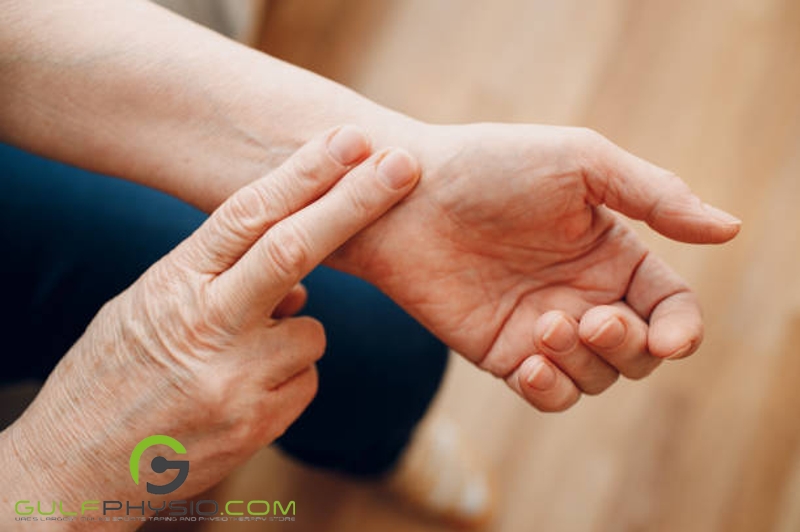
- Checking via wrist
- Gently press your index and middle fingers of one hand on the opposite wrist, just below the base of the thumb.
- Count the number of beats for 15 seconds and multiply by 4. The result is your pulse rate.

- Checking via neck
- Gently press into the soft groove on either side of the windpipe with your index finger and middle finger.
- Count the number of beats for 15 seconds and multiply by 4. The result is your pulse rate.
Your Target Heart Rate During Physical Activity
We’ve established that your heart rate changes during physical activity, and an individual’s target heart rate should be dependent on how intense the activity is.

- For Moderate To Intense Physical Activity
The target heart rate should be between 64% and 76% of the maximum heart rate. The maximum heart rate can be estimated based on an individual’s age. To estimate the maximum age-related heart rate, subtract your age from 220.
Example:
An individual who is 50 years old would have their heart rate calculated as:
220 – 50 = 170 beats per minute (bpm)
The 64% and 76% levels would be:
64% level: 170 x 0.64 = 109 bpm
76% level: 170 x 0.76 = 129 bpm
This shows that moderate-intensity physical activity for a 50-year-old person will require that the heart rate remains between 109 and 129 bpm during physical activity.

- For Vigorous Physical Activity
The target heart rate should be between 77% and 93% of the maximum heart rate. The maximum heart rate can be estimated based on an individual’s age. To estimate the maximum age-related heart rate, subtract your age from 220.
Example:
An individual who is 35 years old would have their heart rate calculated as:
220 – 35 years = 185 beats per minute (bpm)
The 77% and 93% levels would be:
77% level: 185 x 0.77 = 142 bpm
93% level: 185 x 0.93 = 172 bpm
This shows that vigorous physical activity for a 35-year-old individual will require the heart rate to remain between 142 and 172 bpm during physical activity.
Our Thoughts
Heart rate, or pulse rate, is the number of times your heart beats per minute and is influenced by various factors. Excessive cholesterol, a waxy fat-like substance responsible for cell membranes, hormones, and vitamin D, can lead to health issues such as irregular heart rate, increased blood pressure, blood clots, angina, and an increased risk of heart attack.
Exercise increases heart rate by accelerating blood flow and delivering oxygen-rich blood to muscles. Blood pressure directly affects heart rate and can be a symptom of more serious health conditions. Hypotension, or low blood pressure, can be caused by blood loss, heart attacks, and anaphylaxis. High blood pressure, often referred to as “the silent killer,” can lead to kidney disease, a higher risk of heart attack, heart failure, and potentially fatal irregular heartbeats. So it goes without saying that monitoring your heart rate is crucial for overall health.
If you want to know more about recovery, read our article “The Awesome Benefits of Active Recovery” or learn more from our blog here.
Disclaimer
GulfPhysio.com and all of its content are for informational purposes only. All information is believed to be accurate at the time of posting and should NOT be construed as professional medical advice. Please seek a medical professional in the event of pain or injury.

